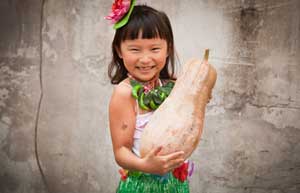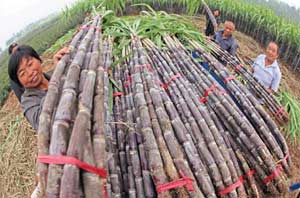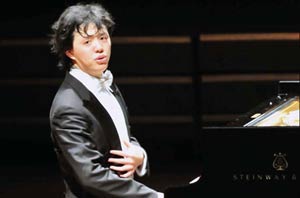Temples of taste
Updated: 2011-10-07 16:39
By Eric Jou and Mike Peters
|
|||||||||
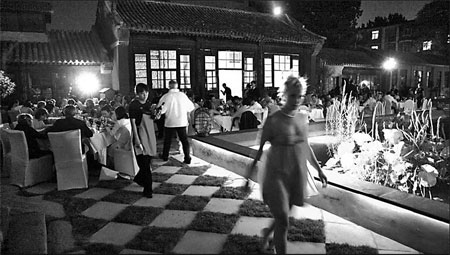 |
|
The Temple Restaurant is the venue for glittering private parties as it prepares to open to the public later in the year. [Provided to China Daily] |
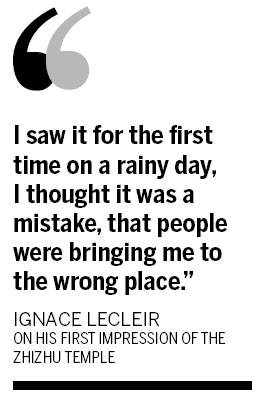 |
Few images deliver the flavor of ancient China more powerfully than a temple. Bringing that combination of history and charm into the 21st century is the goal of two Beijing buzz generators, Contempio Temple Bar and the soon-to-open Temple Restaurant, which is already hosting some high-profile events.
Building a bar into a nearly 600-year-old temple could seem sacrilegious, but to Robin Foo, the owner of Contempio, it's all in the name of preservation.
"Robin rented the temple early on because he was looking for office space," says Zhang Xiaoming, manager of Contempio Temple Bar. "He figured it was worth protecting and renovating for preservation, so a bar and caf weren't even on the table.
"It was pretty much dilapidated - wood and nails everywhere - but luckily the temple was in decent shape. The biggest problem came a few years later, when the municipal government said they were going to tear down the area for reconstruction. Robin had to petition the government and it turned out they didn't even know that there was a temple hiding behind the market they were hoping to tear down."
Once the temple was saved, Foo renovated the building and its grounds, turning the area near the entrance into a caf bar that he said is a fun way to finance the upkeep of the temple itself.
Originally named "The Temple of One Thousand Buddhas", the building was supposedly built in the Yuan Dynasty (1271-1368) and converted to a Taoist temple called Hong'en Guan in the Ming Dynasty (1368-1644). After the fall of the Ming Dynasty, it became a refuge for eunuchs kicked out of the Forbidden City.
Much later, following the "cultural revolution" (1966-76), the site was turned into a factory for the production of nails and machine parts.
Like Contempio, The Temple Restaurant is part of a much larger complex, housed in a renovated factory next to the temple itself.
"I saw it for the first time on a rainy day," says Ignace Lecleir, the amiable Belgian who took over the project about a year ago. "I thought it was a mistake, that people were bringing me to the wrong place."
For one thing, the roof had been taken off for repairs.
"But you could see that the place had charm and possibilities," Lecleir said. He is the former general manager of Maison Boulud, and Lecleir says his new restaurant will open for regular service late this year.
The600-year-oldtemple complexis a government-protected heritage site with cultural relics housed amongst the buildings.
During the Ming dynasty, the site was devoted to imperial printing workshops that housed the scholars and artists who produced Buddhist sutras and imperial texts.
During the Qing dynasty, a temple was built to house the imperial teachers and became known as Zhizhu Temple.
New uses for the temple complex were found after 1949.
First a television factory was built and later a small hotel operated until the temple was rediscovered in 2007. The temple remains the centerpiece of the 3,500-square-meter compound and, after careful renovation, still houses original frescoes and woodwork, some containing original Sanskrit.
The complex will also include a boutique hotel that will open soon, and a small carpet museum.
Contempio is at Doufuchi Hutong. For more details, call 010-6407 6778.

